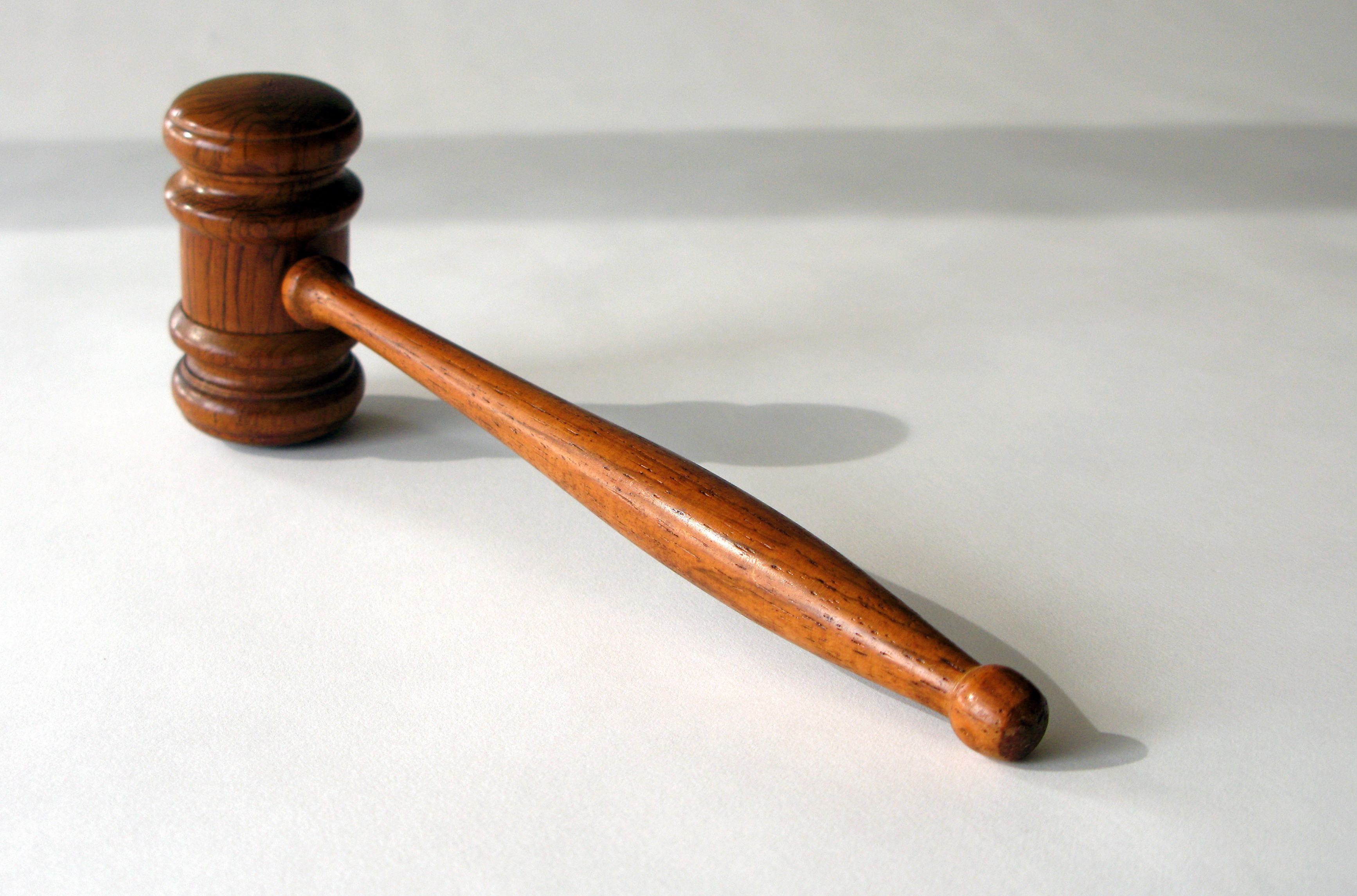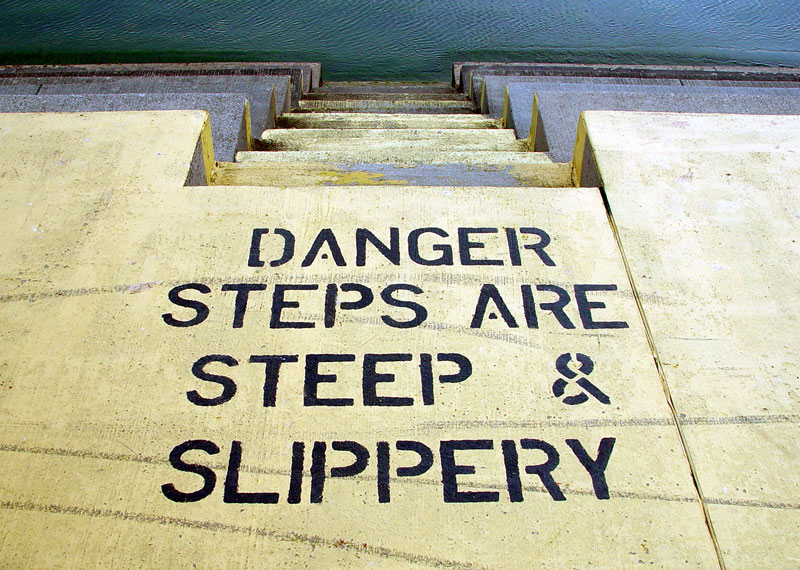Personal Injury Jury Instructions
PERSONAL INJURY JURY INSTRUCTIONS When considering how much to demand for a personal injury, your accident attorney will review the amount of damage that you have incurred, and will continue to incur in the future. Medical bills, lost wages, and future medical bills are examples of the types of damage that is recoverable. Insurance adjusters are not considering the types of instructions levied to the Jury, but attorneys should when contemplating the types of compensation that will or could be awarded. § 501.1 Personal Injury and Property Damages When it is proven during a trial that Defendant is liable for the accident, the Court instructs the Jury write on the verdict form, in dollars, the total amount of loss, injury, or damage which the greater weight of the evidence shows will fairly and adequately compensate him or her for the loss, injury, or damage, including any damages that he or she is reasonably certain to […]




